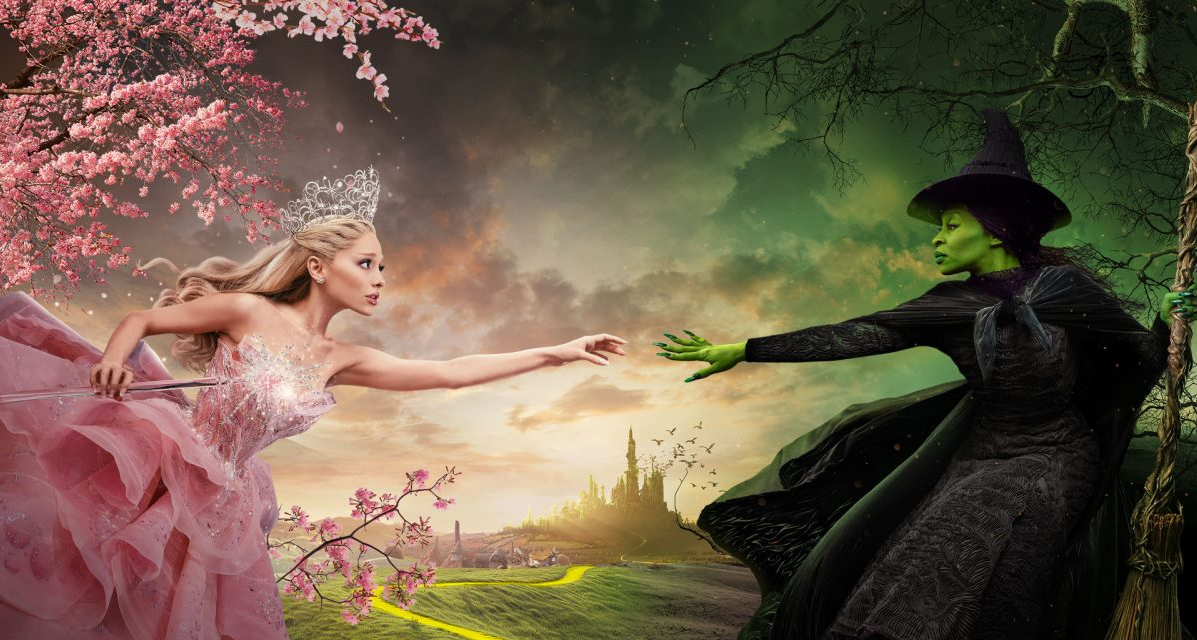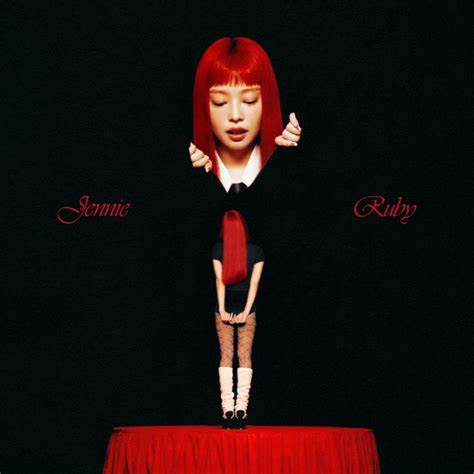Kadia Zhou (9) | STAFF REPORTER
Fans of the beloved 1900 novel The Wonderful Wizard of Oz, the 1995 novel Wicked: The Life and Times of the Wicked Witch of the West, and the Broadway musical Wicked have been eagerly awaiting their screen adaptation, and on November 3, Wicked: Part One finally made its highly anticipated debut. Set long before Dorothy Gale’s time and following the backstories of two young witches, Elphaba and Glinda, the film allows audiences to witness their journey(s) that caused them to ultimately become the magical land of Oz’s most famous witches.
The story introduces Elphaba, a misunderstood young woman born with green skin who has faced prejudice her entire life, played by British actress Cynthia Erivo. On the other hand, Glinda, played by Ariana Grande, is effortlessly popular and beloved by all. The two meet as roommates at Shiz University, where their initial dislike of each other evolves into a close friendship. However, as Elphaba discovers the corruption, oppression, and lies within The Wizard of Oz’s “ideal” government, she finds herself drawn toward rebellion – while Glinda struggles between her loyalty to her friend and her own ambitions to stay accepted in Oz’s elite circles. As a result, the film portrays pressuring themes of fitting in, fighting for justice, and the witches’ journeys in discovering their true selves.
By the end of Wicked: Part One, the two friends find themselves at crossroads; the movie’s cliffhanger ending has left fans eagerly awaiting Wicked: Part Two, set to release on November 21, 2025 in Canada. Overall, both films reveal a world where the lines between “good” and “wicked” are more complex and blurred than audiences have been led to believe.



